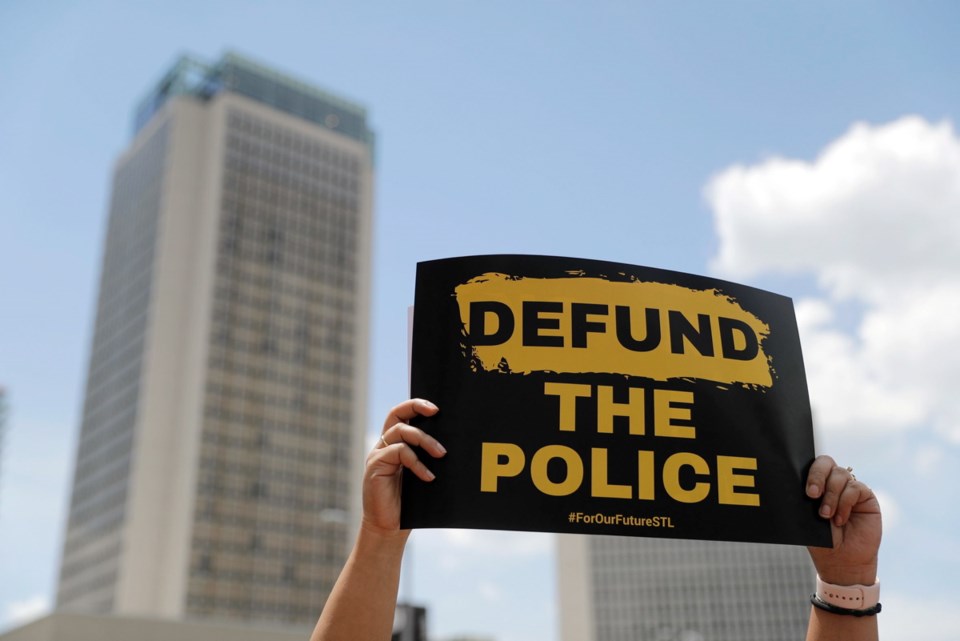In the wake of George Floyd’s death at the hands of four Minnesota policemen, protests have broken out across the U.S., many of them violent. There have also been demonstrations in Canada, though most were peaceful.
Floyd was unarmed.
Several groups, both in the U.S. and Canada, are calling for police forces to be “defunded.” By this is usually meant moving money from the law-and-order budget and boosting social services, though some American politicians are demanding the complete abolition of police forces.
I understand the raw emotions of people who have been mistreated by authority. I have no quarrel with the idea of strengthening our social safety net.
And law-enforcement reforms might well be needed.
However, these issues belong in the arena of public debate and discourse. What I propose here is a purely statistical analysis of the figures that are frequently used to support claims of endemic police violence.
And in doing so, I claim the same right as the protesters, the right to be heard. I suspect most readers have no idea the sheer hatred (and worse) that rains down on journalists, in the form of emails and social media posts, when they depart, even by imperceptible degrees, from the orthodoxy of mass movements.
Yet that’s why we have newspapers — to allow room for more than one view.
Two weeks ago, Rob Gillezeau, an economist at the University of Victoria who studies anti-racism protests, was reported in these pages to the effect that Black and Indigenous people are disproportionately the victims of police shootings in Canada.
In one respect, he’s right. These groups are over-represented in police killings. But is that the end of the matter?
To answer this question more fully, you need some additional context. According to Statistics Canada, 30 per cent of Canadians accused of homicide in 2018 were Indigenous. Yet this group made up only 4.9 per cent of the population in the latest census. That’s a pretty large gap to attribute exclusively to police bias.
In addition, if protesters want to place the blame there, they must deal with the fact that decisions to bring criminal charges rest with Crown counsel, not law enforcement.
I couldn’t find usable data for police shootings of Black Canadians. But U.S. statistics are more readily available. So let’s pursue this analysis south of the border, where the current protests originated.
According to the Washington Post, which maintains a database on police shootings, a quarter of Americans shot by police are Black. Yet this demographic group comprises only 13 per cent of the population. Again, we have an apparent over-representation.
But here also, context matters. The U.S.-based Proceedings of the National Academy of Sciences reports that, in the 75 largest U.S. counties where most of the population resides, African Americans commit 53 per cent of murders, and 60 per cent of robberies. That’s roughly four times as many offences as demography would suggest.
It’s not statistically possible to extrapolate Canadian numbers from these U.S. figures with any degree of confidence. Social and economic conditions vary hugely between our two countries, as do the number of large cities with urban ghettos where much of America’s violence occurs. For that reason, I think it’s unhelpful to import grievances from a society so different than ours.
Nevertheless, those calling for a reinforcement of our social services are right. We do indeed require an infusion of resources.
Just not from police budgets. The numbers don’t support it.
I recall being made, as a schoolboy in Scotland, to read William Golding’s Lord of the Flies. As readers will recall, the story is about a group of British teenagers who are marooned on a desert island.
As time goes by, they resort to outright savagery, Golding’s premise being that humans are only held to standards of decency by the over-arching presence of government and a police force.
At the time, I took Golding’s book as a political tract masquerading as a novel. Now, I’m not so sure.



